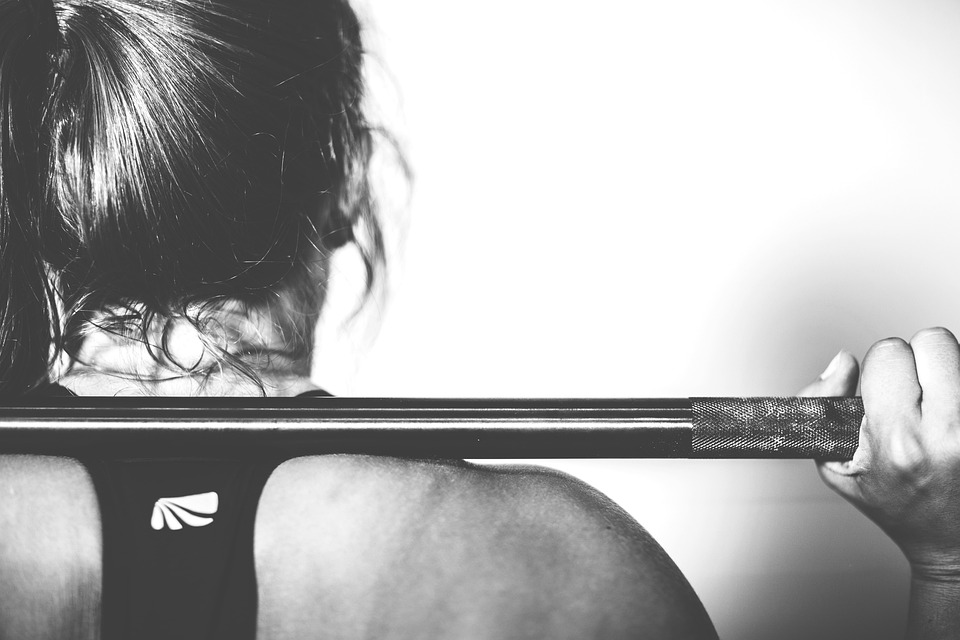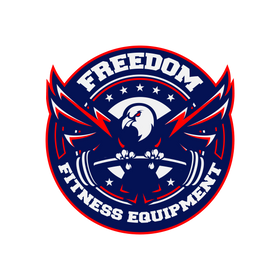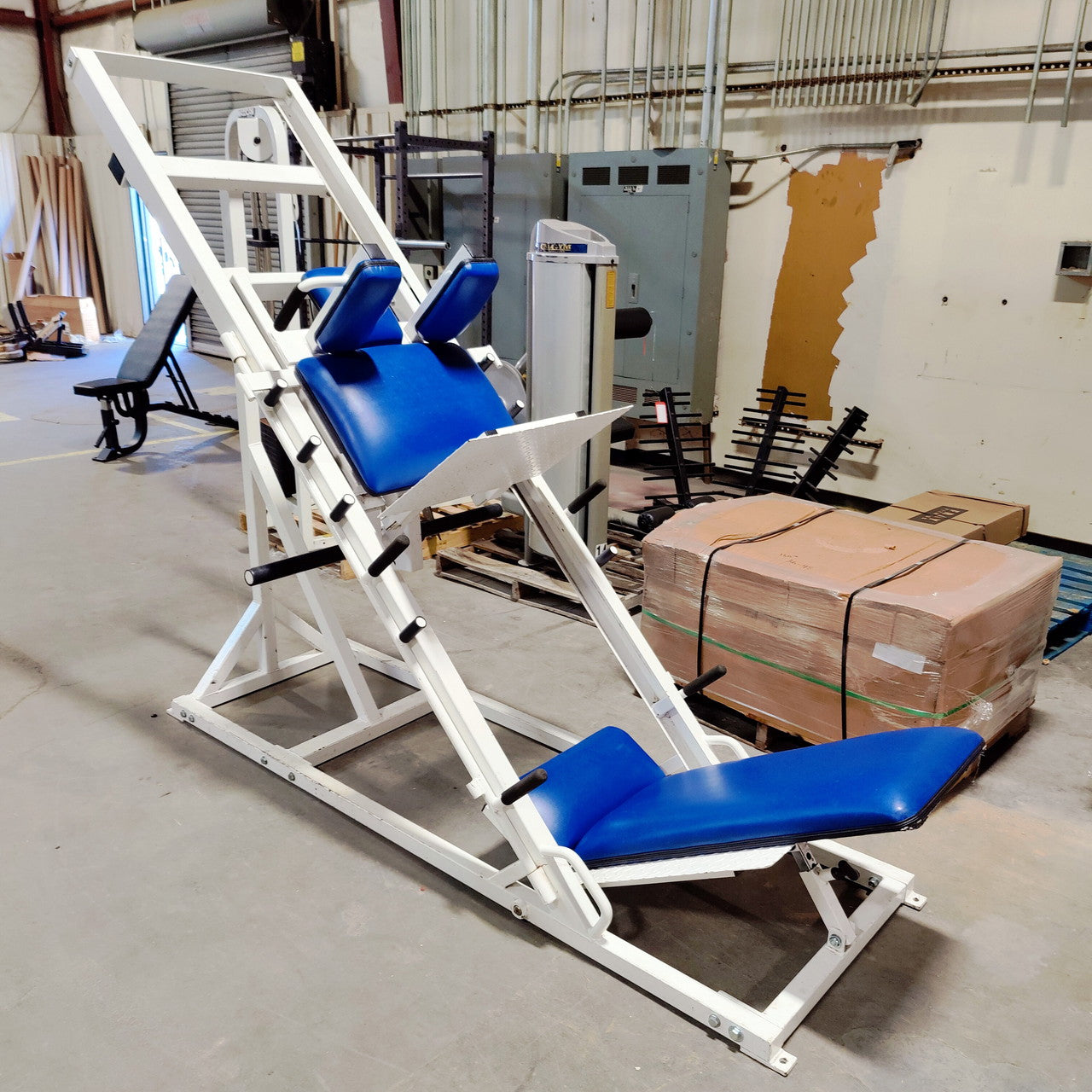Are you looking for a way to get a sick pump for your quads? Do you struggle with barbell back squats - maybe knee or back pain? Do you want the hypertrophy power of the squat without the technique and pain from traditional squatting? Do you feel like you have tried everything and don't know where to turn because you simply don't know how to live without the incredible sensation we call a quad pump?

Well, the machine hack squat may be the perfect solution for your next leg day workout. The main difference worth noting between the machine hack squat and the barbell back squat is that the hack squat is a fixed motion - meaning the machine controls the movement. However, the barbell back squat more stability and control from you as the lifter. The torso angle is locked into a more vertical and upright position in a machine hack squat than in a free-weight squat. This means that the stabilizing squat muscles - especially your core - get trained better in a barbell back squat in comparison to a machine hack squat.
While there are many squat variations - everything from the Smith machine hack squat, barbell hack squat, goblet squat, or even the front squat - there is a strong argument for using the machine hack squat. For some, it can be used as a supplement in your workouts or even as the primary way you squat in your training - although we do still believe the barbell squat to be king.
I can practically hear you telling me - yes, yes that’s exactly what I want! I want quads like CBum and I’m tired of adjusting my training around pain with the barbell squat. I know, I know, you’re all in - you know the machine hack squat is the machine you need, but how on earth do you begin to find the right one for your needs? Lucky for you, that’s why we are here.
We will even dive into the debate between linear hack squat vs hack squat machines and which is the best hack squat machine for you.
Here are the Top 10 Tips for Buying a Hack Squat Machine:

1) How much space do you have?

Probably the 1st thing you need to consider is space. Simply put, most hack squat machines are fairly large and heavy. Hack squat models that are designed for the garage gym or personal use are typically about 7 ft. by 3 ft. by 4.5 ft. but can be as small as 4 ft. by 5 ft. by 4 ft.
On the other hand, when looking at commercial spaces, a hack squat can be as large as 9.5 ft. by 8 ft. by 5 ft. So be sure to consider where the hack squat is going to be used and if your space can fit it comfortably.
2) Can your flooring support the machine?
As I mentioned in the tip above, these machines can be pretty heavy, especially with Quadzilla over here - yeah I’m talking about you - maxing out the machine. Typically these machines weigh anywhere from 190 pounds all the way up to 600 pounds - and this is before any heavier loads are added to the machine.
While there are many flooring options, we recommend at least ¾” rubber flooring to best support your hack squat and other heavy loads, but that certainly depends on how heavy of a machine you purchase. Click here to read about our gym flooring suggestions.
3) What is your budget?
Like anything in the garage gym space, there are budget-friendly options and there are not-so-budget-friendly options. Typically, you can expect to spend around $700 on the low end all the way up to $5,000 on the commercial end. Now there are quite a few differences in the quality, functionality, safety features, and so much more that we will dive into later, but it is a good idea to have a ballpark estimate of what you are looking to spend.
4) Linear Hack Squat Versus Hack Squat?
Alright, this one is going to be one of our longer points, but don’t worry it’s worth it.
When we think about the linear hack squat versus hack squat debate, which is the best hack squat machine?
Well, when it comes down to these two machines the biggest difference is the angle and where the load is placed.
A linear hack squat machine start position is typically around a 35° angle, while the upright hack squat machine start position is at 45°. If you skipped too many geometry classes, just know the linear hack squat machine is closer to horizontal and the hack squat machine is closer to vertical. Now, obviously neither is completely horizontal or vertical - that would be quite the sight to see. This may not seem like a huge difference, but that 10° difference changes the movement and how the body bears the load.
The linear machine places less pressure on the spine due to the degree angle and where the weight is loaded. With the linear hack squat machine, the weight is loaded near your core on either side. Because the angle is not quite as steep, your spine and core are going to be under less stress to stabilize the weight. This is both a pro and a con of the linear hack squat.
Let’s first talk pro, if you or someone you know has recently been dealing with a back injury or pain, taking a little bit of the stress off of the back, core, and spine may be helpful as the body heals. The linear hack squat will allow you to ideally isolate your quads and glutes while mitigating some of the risks of aggravating your back. This isolation allows your muscles to grow, get a great stimulus, and improve your performance without feeling beat up the next day.
Now as far as cons go here, learning to stabilize and support weight with your core is fantastic. Strong cores are key to living a healthy, long, functional life. They are also key to big lifts and helping to protect you from injuries in the future. Your core translates to every area of your lifting.
In the fitness, sports performance, and just gym culture world in general, we often hear this idea that the back squat is king. Everywhere you look, athletes are back squatting, bodybuilders are back squatting, and you know powerlifters are going to be back squatting. While there are incredible benefits to back squatting, that does not make it a requirement for all people, all the time. What should be a requirement is bending your knees to load your quads, hamstrings, glutes, and other muscles. Now, I know this sounds very vague, but this can look very different for lots of people.
For instance, a professional athlete may perform front squats as fast as possible to try and hit a certain velocity for 4 reps. A powerlifter may back squat right to parallel and no further. A bodybuilder may hit Bulgarian split squats, and your 70-year-old grandma may perform box squats with just a kettlebell.
The point is all of these movements are loading the quads, hamstrings, and glutes. Some to varying degrees than others and of course you can argue the effectiveness of one over the other. However, what you can’t argue against is that all have value and can be useful in the right context.
Now, I apologize for the rant, but I think it is really important as we are considering variations in the hack squat machine. Hack squat machines will get hate for not allowing your core to support the weight thus giving you more “functional strength”. The linear hack squat even more so because of the angle it is set at, would then be seen as even less functional. However, on the flip side because your core doesn’t have to hold up the weight, you don’t have to be as stabilized, and your balance doesn’t have to be perfect, you can lift more weight on a hack squat - linear or not. The point is, that every method has trade-offs. You have to decide which trade-offs you are willing to make.
The linear hack squat is going to put less stress and demand on your core, which can be a good thing if you are looking to isolate leg strength or are dealing with pain. The hack squat is going to be more similar to a back squat and require more core engagement and stability. Honestly, maybe you are dealing with an injury and your first progression back to back squatting is a linear hack squat. Once that feels strong, you move on to the hack squat, and then slowly build up to a back squat. Machines, barbells, and any other type of resistance are just tools, most aren’t simply right or wrong, but it depends on the context and goal.
Okay, now that I’m off of my soapbox. Let’s talk about a few more differences between the two machines.
With an upright or traditional hack squat machine the weight is near your shoulders loaded with a similar feel to a back squat. Both machines target the legs - primarily the quads - and provide a smooth squat path. Linear machines tend to be a little bit smaller as well, however, the upright hack squat is more common and what you’d expect to see at your local commercial gym.
5) Do you want to be able to leg press on your hack squat machine?

Because of the similar nature of the two movements, the hack squat machine can also double as a leg press machine - you can even perform calf raises as well. The hack squat is essentially a reverse leg press anyways. With the leg press the weight is above you and pressing upwards on a 35 to 45° angle, and on the flip side, the hack squat places the weight on top of you - or to the side - pressing the floor away. Both machines are really effective at building leg strength and muscle, especially in the quads.
Typically, the hack squat machines with leg press capabilities are a little bit more expensive (although not always) as well as being heavier. However, if you are already buying a large machine, it may be worth it to consider getting the leg press option as well. Especially with garage gyms, the more uses out of your machines and space - the better!
6) How much weight do you plan on lifting - all of it right?!

Another difference among machine hack squats is their load capacity. Some of the smaller models - especially the linear hack squats can hold around 700 pounds at max capacity, whereas the larger models can hold upwards of 1,000 pounds.
This comes down to knowing your reason for buying and what your personal goals are - honestly most people likely won’t touch the 700 pounds max capacity. Still, in your quest to have the biggest quads at the pool party you may very well, so certainly take your goals and abilities into consideration before purchasing.
Another thing to note here is weight storage. Some machines offer weight trees built into the machine making for convenient, space-saving storage in your garage gym. This can be especially helpful for you if you are worried about the machines in your gym taking up too much space as you can potentially eliminate some of your current equipment you are using to store your weight plates - such as weight trees and bumper plate holders.
7) How tall are you?
Like anything, many machines are built for average-sized people - and that includes height. For really tall individuals, it can make using the hack squat difficult - so considering things like the size of the footplate and the height of the weight-loaded shoulder pads is important. On the opposite side of the height spectrum, for those who are on the shorter side, it is wise to also look at the height and adjustability of the shoulder pads.
This is critical not only for performance and ease of use but also for general safety when using the all machines - especially the machine hack squat. For the average person, however, this is not going to be a big deal.
8) You get what you pay for - right?
We know that high quality typically comes with a higher cost and vice versa. These machines are not much different. When choosing the right machine for you it is important to look at what the machine is built out of. While almost all are constructed with steel, be sure to check what gauge steel and the quality and durability of that steel - 11 gauge is typically the industry standard for quality.
Some of the higher-end models also use powder-coated paint to prevent corrosion from sweat over time.
9) Like Mama always said - safety 1st or 9th. Who’s counting?

We all know safety matters, after all, one of the primary motivations for you buying a hack squat may be its safety. Hack squats give little room for error as the load travels in one smooth plane, however, there is one main concern as far as safety goes - the carriage locking system.
The starting position for all hack squats is locked, meaning the weight can be loaded on and off and it will not move, however as soon as you unlock the weight and begin squatting you are responsible for bearing the weight. This can become dangerous if you fail a rep - which we know never happens to you, but just in case we have to mention it.
Most models have multiple safety stops along the weight to lock the weight in the middle of a rep. Be sure your machine has this feature so that when your “friend” fails a rep, they aren’t hurt.
10) How comfortable do you want to be?
Last, but certainly not least is comfort. Now, of course, there is nothing comfortable about your quads burning on the last set to failure - but the wrong machine can certainly make it worse. All of the machines are going to come with padding for your shoulders and back, but you should consider things like thickness, material, durability, and ease of cleaning.
If you have made it this far - congrats!

The perfect machine is out there for you - whether you are interested in a linear or upright position hack squat or maybe a hack squat with leg press abilities - now you know how to find it. Remember, there is no one size fits all as far as gym equipment goes. We encourage you to use these tips and evaluate for yourself which option fits your needs best.
Check our inventory for our hack squat machine offerings and so much more, and as always feel free to reach out with any questions about your garage gym needs. We would love to assist you as you pursue your strength gains (and massive quads!).
Sources:
Harris, Kevin. “The Different Types of Hack Squat Machines: Which One Is Best for You?” NANBF, 6 Sept. 2022, https://nanbf.org/the-different-types-of-hack-squat-machines-which-one-is-best-for-you/


1 comment
David trentwood
Very insightful!